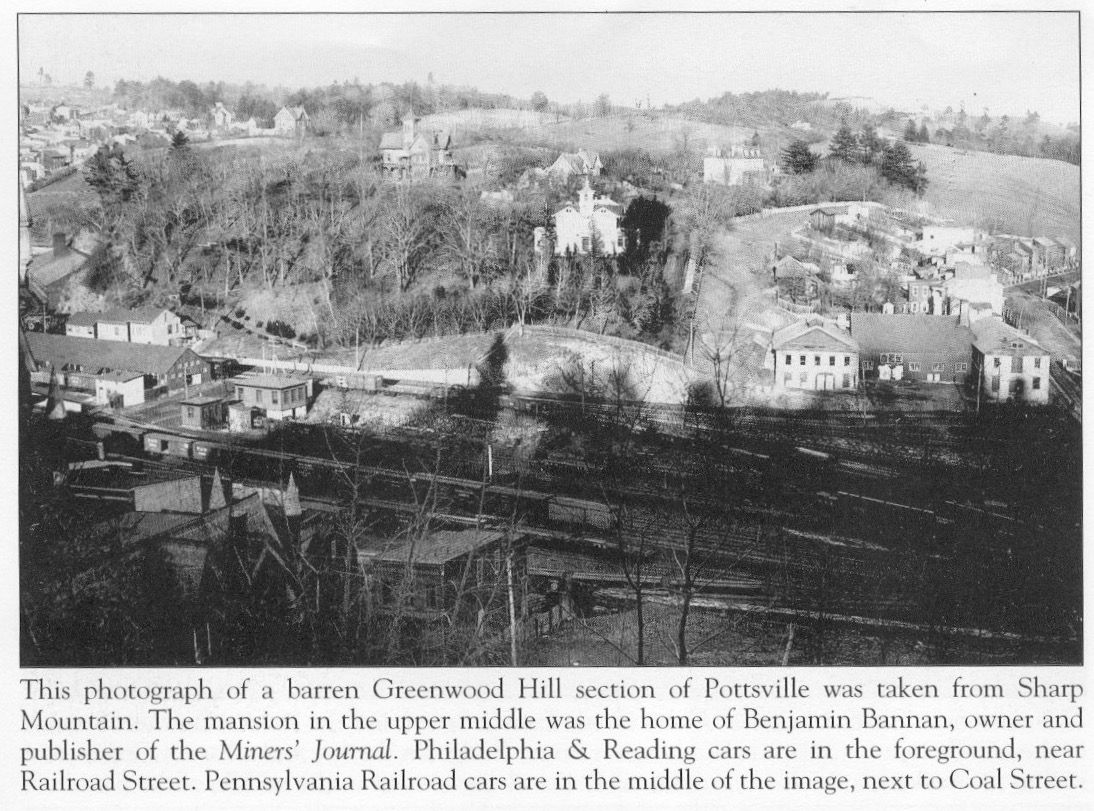Pottsville, Pennsylvania, a venerable Schuylkill County municipality, boasts a tapestry of history woven into its very street names. Each thoroughfare, avenue, and lane whispers tales of industry, innovation, and the individuals who shaped this Anthracite Region nucleus. Delving into these nomenclatures offers a unique lens through which to examine the town’s evolution.
I. The Foundational Fathers and Early Settlers: Street Names as Homages
Many Pottsville streets bear the names of the city’s founding fathers and influential early residents. These appellations are not merely identifiers; they are enduring memorials to the individuals who laid the groundwork for Pottsville’s subsequent prosperity.
Consider “Thompson Street.” This likely alludes to a prominent family integral to the region’s initial development. Exploring historical records, one might unearth their contributions to the nascent coal industry or their involvement in establishing critical infrastructure. Similarly, streets christened after individuals with surnames like “Rich” or “Hoffman” potentially commemorate pioneer families who possessed substantial landholdings or exerted considerable influence in the nascent community.
Examining property deeds and census data in conjunction with the street names will give insight into the geographical distribution of these families and their socioeconomic standing within the burgeoning town.
II. The Anthracite Epoch: Commemorating Coal Barons and Mining Magnates
Pottsville’s history is inextricably linked to anthracite coal. The black diamonds extracted from the surrounding hills fueled the Industrial Revolution, and the individuals who controlled the mines and the railroads amassed significant fortunes. Street names frequently reflected this dominance.
A street named “Baer” or “Sheafer” immediately suggests a connection to prominent coal industrialists. These individuals, titans of their era, not only controlled the mines but also wielded considerable political and economic power within the region. Research into their corporate holdings, labor practices, and philanthropic endeavors provides a stark depiction of the anthracite epoch.
Moreover, streets named after mining terms, such as “Shaft Street” or “Colliery Avenue,” serve as tangible reminders of the industry’s pervasive presence. These names evoke images of towering breaker buildings, grimy miners, and the constant rumble of coal trains that defined Pottsville’s landscape for generations.
III. Transportation Triumphs: Avenues Reflecting Rail and River Networks
The transportation infrastructure was pivotal in facilitating the anthracite trade. The Schuylkill Canal and the expanding railroad network were lifelines, connecting Pottsville to distant markets and enabling the efficient extraction and distribution of coal. Street names often reflected the importance of these arteries.
“Railroad Street,” a common appellation in many towns, likely marked the proximity of the rail lines to the town’s core. Furthermore, streets named “Canal Street” or variations thereof indicated their location alongside the Schuylkill Canal, a vital waterway for transporting coal and other goods.
Investigating the historical routes of these transportation networks in relation to the street grid reveals valuable insights into Pottsville’s economic geography. Understanding the flow of goods and people along these routes sheds light on the town’s role as a regional transportation hub.
IV. Ethnic Enclaves: Street Names as Cultural Markers
Pottsville, like many industrial towns, attracted waves of immigrants seeking employment in the mines and related industries. These immigrants often clustered in distinct neighborhoods, and their presence occasionally manifested in street names.
A street with a distinctly Irish, Welsh, or German name hints at the ethnic composition of the surrounding neighborhood. These enclaves often retained their cultural traditions, languages, and institutions, contributing to Pottsville’s diverse social fabric. Tracing the origins of these street names and researching the settlement patterns of immigrant groups reveals a complex story of cultural adaptation and assimilation.
V. Commemorating National Figures and Events: Streets Reflecting Patriotism and Progress
While local history is paramount, Pottsville’s street names also reflect broader national trends and events. Streets dedicated to national heroes, presidents, or significant historical occurrences demonstrate the town’s connection to the larger American narrative.
“Washington Street” or “Lincoln Avenue” are ubiquitous in American towns, symbolizing patriotism and national unity. The presence of such names in Pottsville underscores the town’s allegiance to national ideals. Investigating the timing of these street designations may reveal periods of heightened nationalistic fervor or significant commemorative events.
VI. The Modern Era: Street Names Reflecting Urban Development and Expansion
As Pottsville evolved from a coal-mining boomtown into a more diversified community, new streets were added to accommodate suburban expansion and changing land use patterns. These newer street names often lack the historical gravitas of their predecessors but still offer clues about the town’s ongoing development.
Streets in newly developed residential areas may bear generic names like “Oak Street” or “Maple Avenue,” reflecting a focus on aesthetics and suburban appeal. Investigating the planning documents and development history of these areas provides insights into Pottsville’s urban sprawl and its transition towards a more modern, diversified economy.
In conclusion, exploring the history of Pottsville, Pennsylvania, one street name at a time, is a journey through the town’s economic booms, demographic shifts, and enduring legacies. Each name serves as a portal into a specific facet of Pottsville’s past, providing a rich and nuanced understanding of this historic Anthracite Region municipality.
